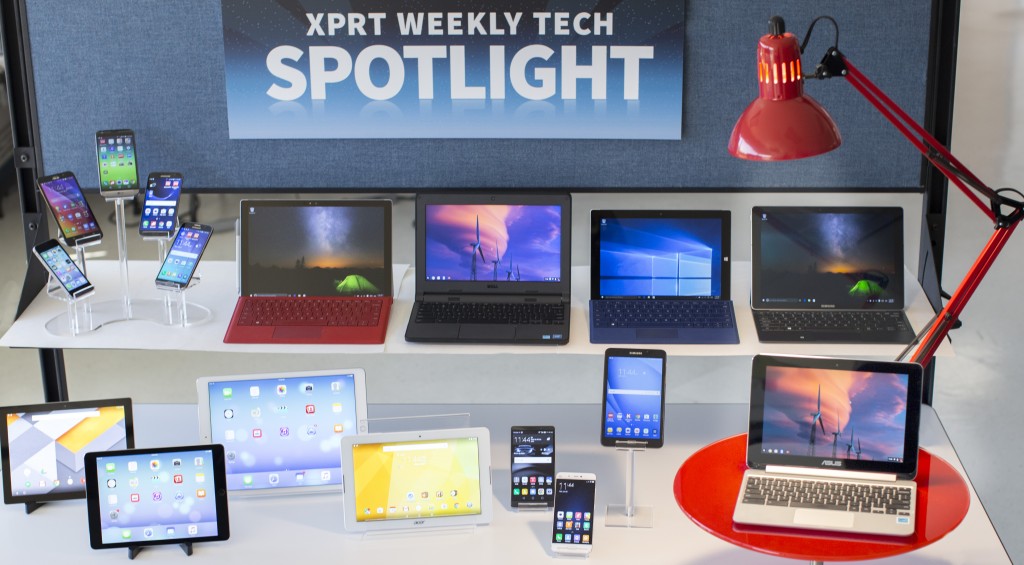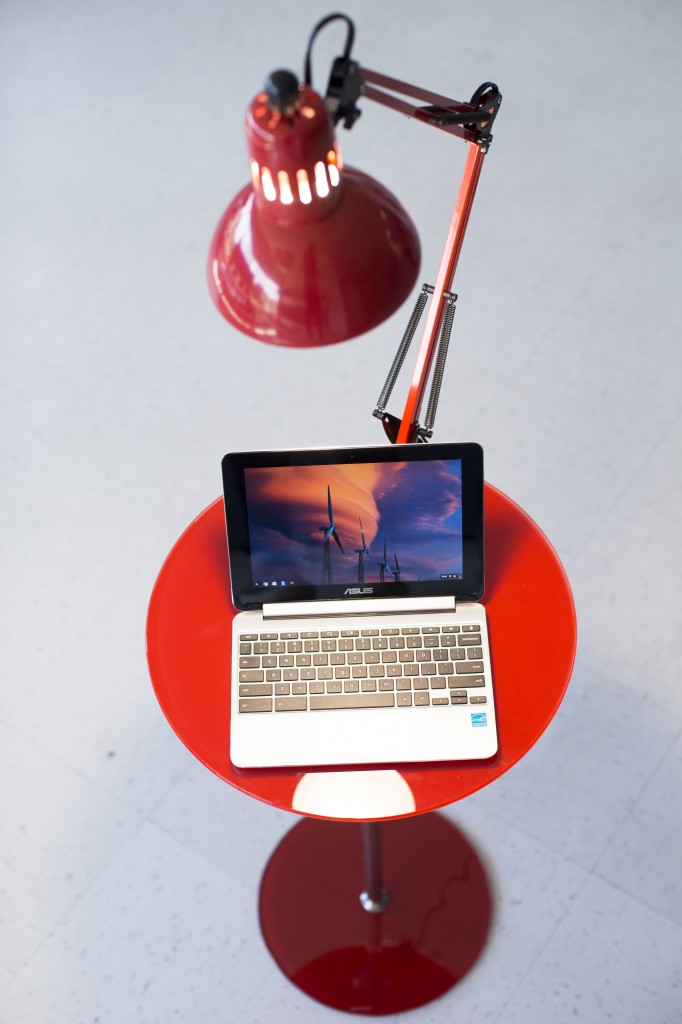Back in April we wrote about how Bill’s trip to IDF16 in Shenzhen got us thinking about future benchmarks. Technologies like virtual reality, the Internet of things, and computer vision are going to open up lots of new applications.
Yesterday I saw an amazing article that talked about an automatic computer vision system that is able to detect early-stage esophageal cancer from endoscopy images. These lesions can be difficult for physicians to detect, and the system did very well when compared to four experts who participated in the test. The article contains a link to the original study, for those of you who want more detail.
To me, this is the stuff of science fiction. It’s a very impressive accomplishment. Clearly, new technologies are going to lead to many new and exciting applications.
While this type of application is more specialized than the typical XPRT, things like this get us really excited about the possibilities for the future. Have you seen an application that impressed you recently? Let us know!
Eric














